Yiddish Stars Once Tread the Boards at This Brownsville Theater
Until it closed forever, the Rolland Theater was always a home for live theater, and what a history it had.

Photo by Susan De Vries
Editor’s note: This story originally ran in 2014 and has been updated. You can read the previous post here.
I feature a lot of former theaters in my pieces, as I am fascinated by their architecture, history, and place in the cultural life of our city. Before we spent our lives staring down into handheld devices or at a screen on the wall, we used to get out and watch and participate in the special wonder of live theater, or a grand cinematic spectacle. Even if we do get out to theaters and movie houses today, they are almost always now in districts far from residential neighborhoods or homes.
For most of us, gone are the days when we could get that magic in our own community, within walking distance for most people or a short bus ride for some. Every neighborhood in Brooklyn had several theaters, with a variety of entertainment offerings.
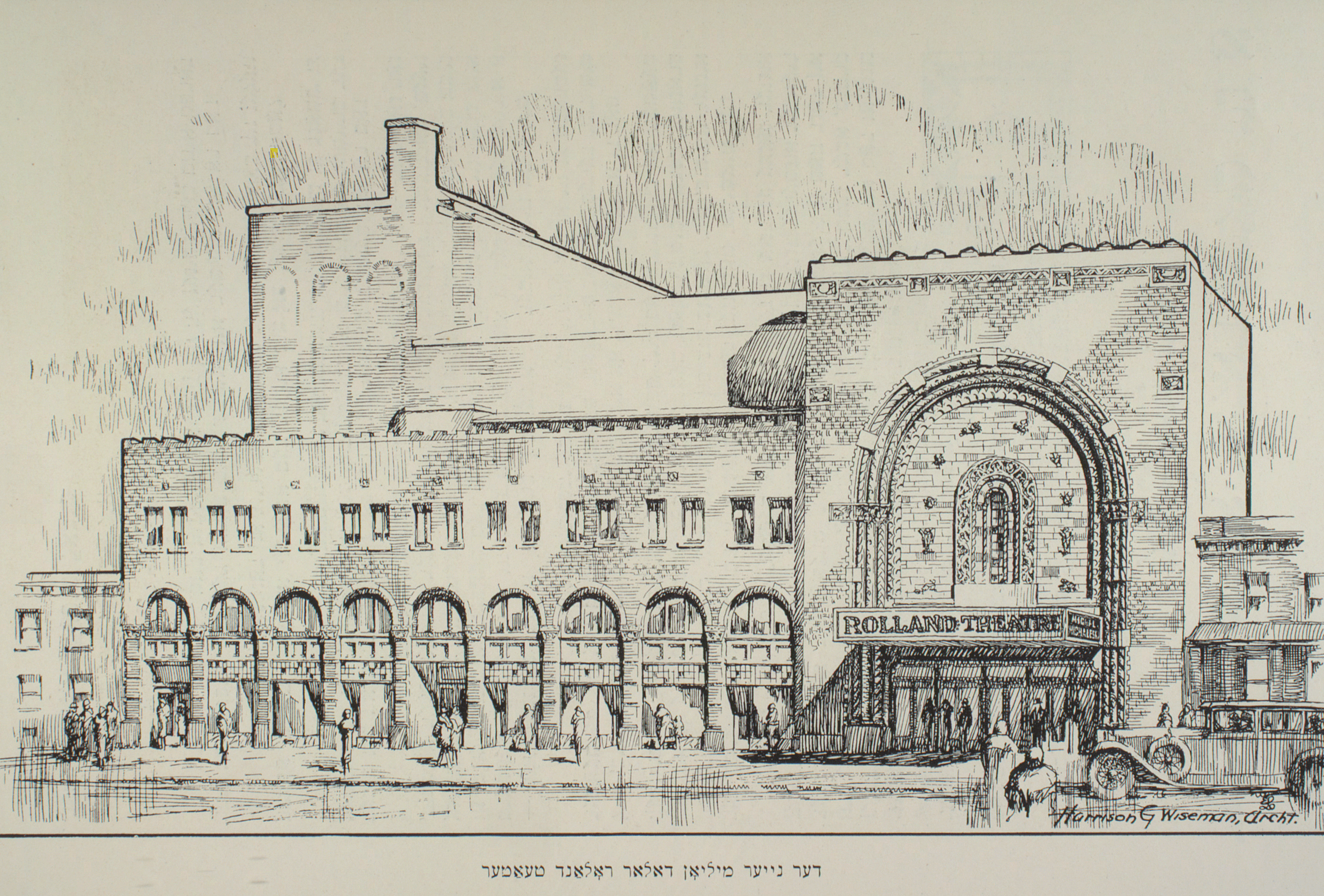
Almost all of the theaters or former theaters I’ve featured were built for live theater but then converted to movies. This one is one of the few which was never a movie theater. Until it closed forever, the Rolland Theater at 1768 St. John’s Place was always live theater, and what a history it had.
The theater was built for its owner, William Rolland. A Yiddish theater producer, he came to the United States from Russia in 1903 and made his early living as a $6-a-week salesman. He connected with the Yiddish theater community in New York and soon made his way up the ladder.
By 1928, he was making plans to build and open a new Yiddish theater in Brownsville, which was fast becoming a Yiddish speaking, working class Jewish neighborhood. His new theater would cost a million dollars to build, a first for the Yiddish speaking theater world in New York.
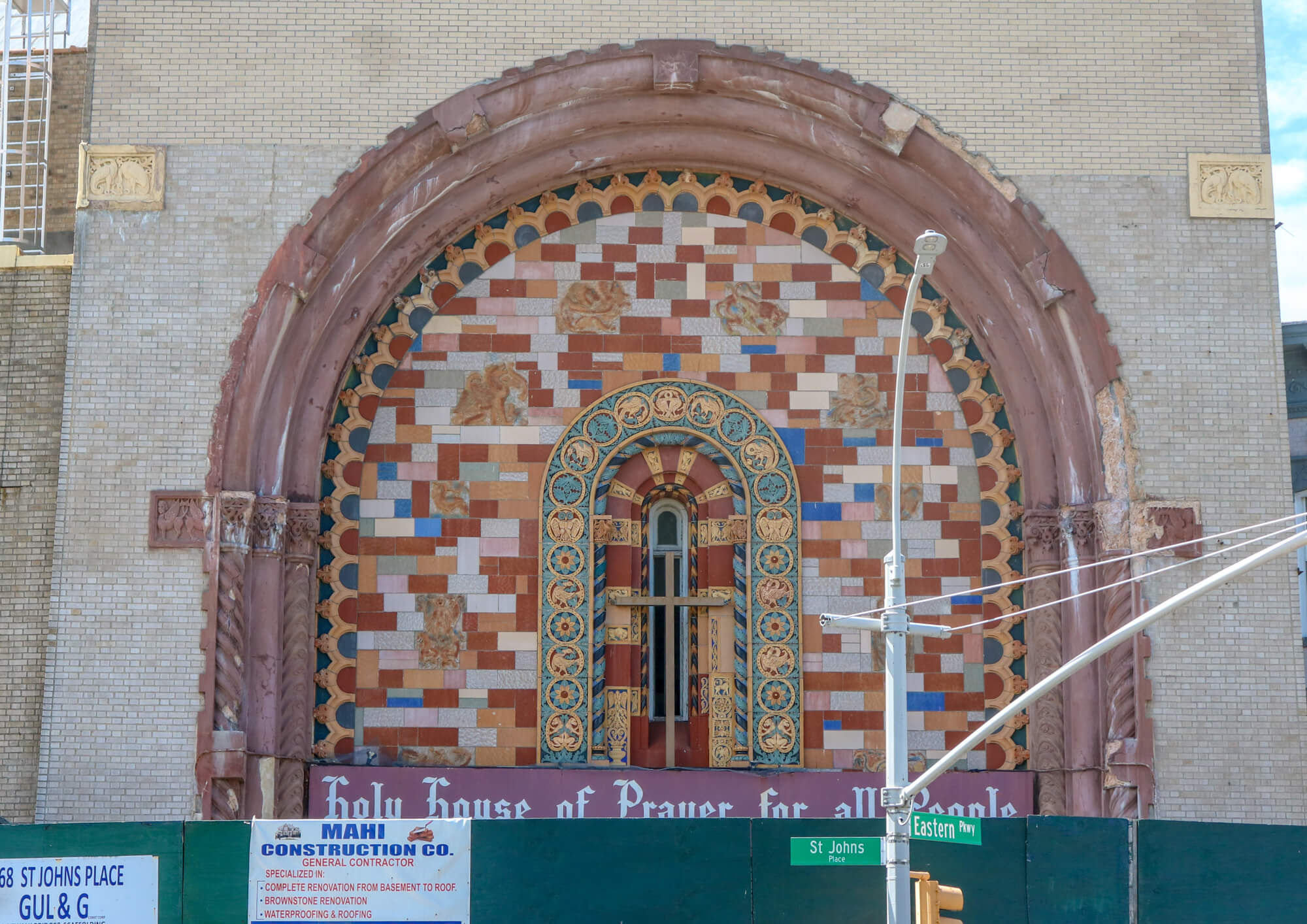
The neo-Moorish theater was designed by Harrison Wiseman and opened in 1929. Wiseman was a prolific theater and movie house architect with a substantial résumé in the New York area. He built general use theaters, most of which easily transitioned to movie houses or mixed-use buildings.
In Brooklyn, his theaters include the former Kameo Theater at Nostrand Avenue and Eastern Parkway in Crown Heights, the Pavilion on Prospect Park West, the Albemarle on Flatbush Avenue and more. He had a special love for Yiddish theater, and also designed the Yiddish Art Theater on 2nd Avenue in the East Village. That building is very similar in style to this one.
According to reports, Rolland built his theater, in part, as a showcase for one of the great stars of Yiddish theater: singer, conductor and romantic lead Michal Michalesko. He performed in productions for Rolland before the theater was built, and for years afterward, starring in musicals, melodramas and operettas, some of which he also directed. Michalesko wasn’t the only star to walk the boards here, and over the years some of the greatest Yiddish actors of the 1920s through ‘50s performed here.
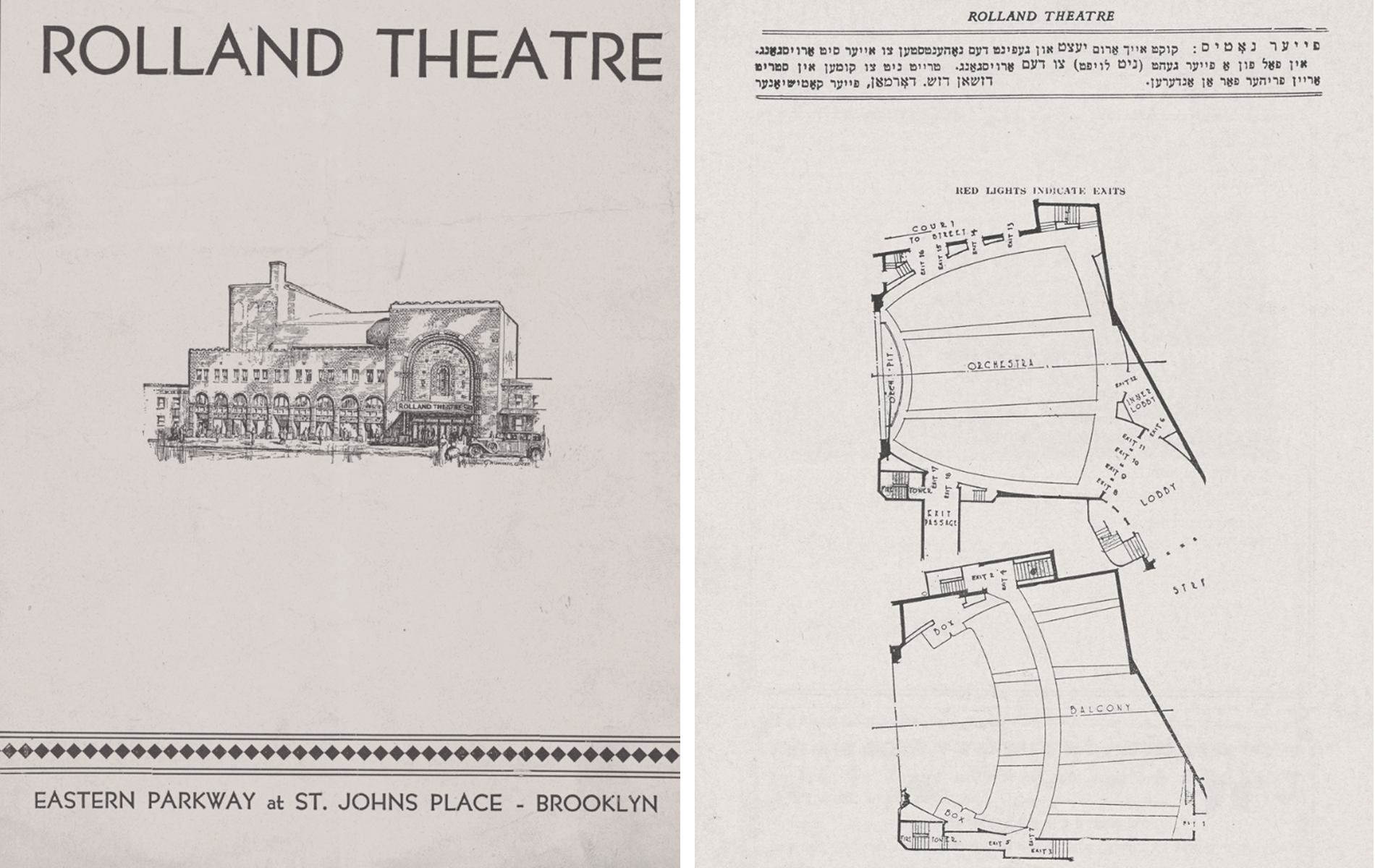
Rolland’s theaters changed hands several times, always within Yiddish theater circles, and in 1935, the name of the Rolland was permanently changed to the Parkway Theater. By that time, Brownsville was one of the city’s largest Eastern European Jewish communities, with Yiddish still spoken everywhere, including in the theater. Since the theater could hold large audiences, many High Holy Days celebrations also took place here, as did rallies for voter registration.
In 1953, reflecting a changing population within the Jewish community, the theater offered its first productions in English. The first were productions of Yiddish folk tales, the first called “In Every Home,” by Harry Kalmanowitz. This was followed by others, including “Let’s Honor Passover.” In 1954, the first non-Jewish productions began to be shown here, with a stage version of “Dial M for Murder” the first offering.
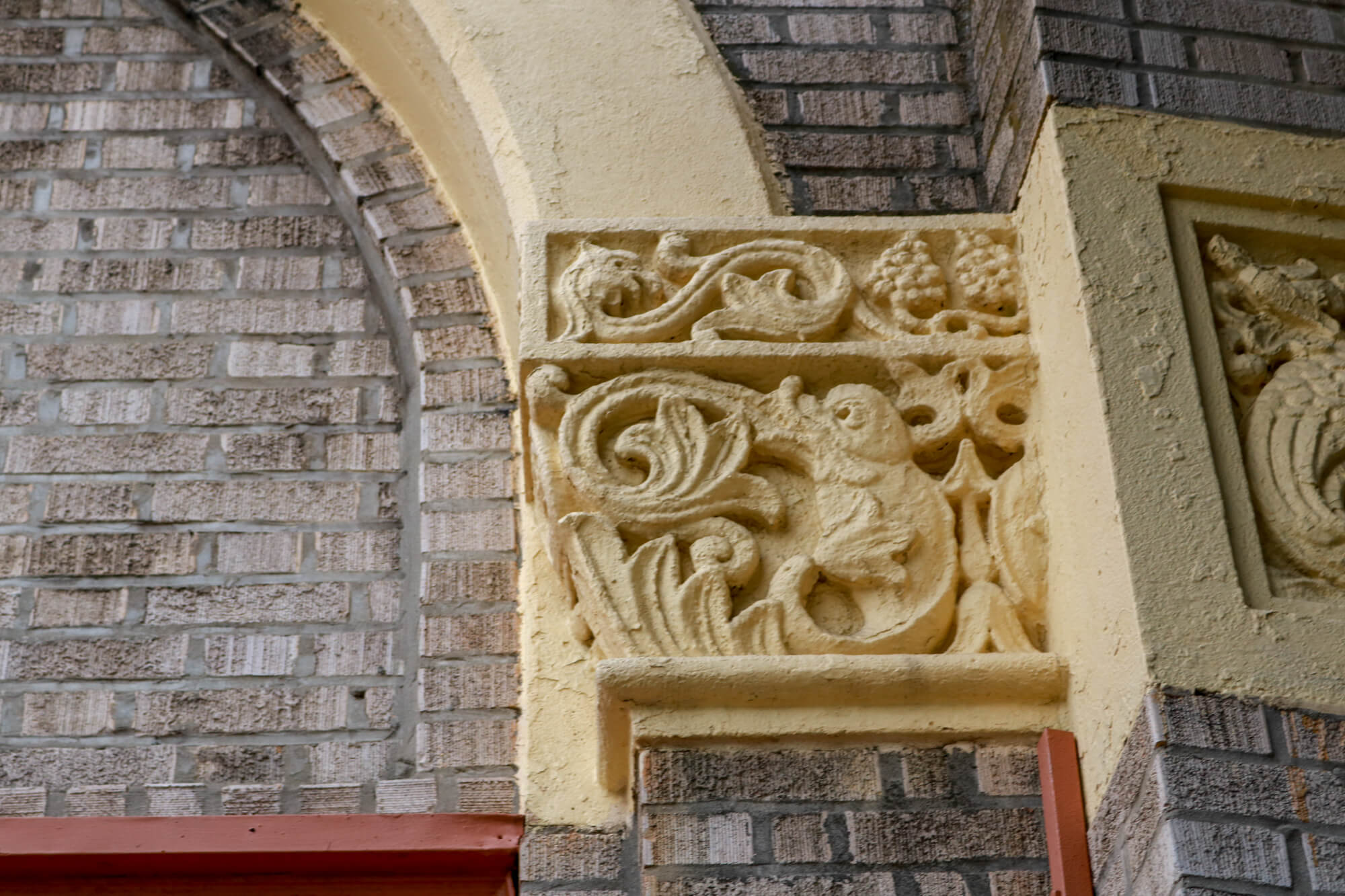
In 1954, the Hebrew Actors Union, a group of actors from the old Yiddish theaters, chose the Parkway as a home base for their three productions that year. This acting troupe paid for the productions themselves, and planned to become a traveling theater group on the Yiddish playhouse circuit. Their first play was “My Yiddishe Mama.” Players included Charlotte Cooper, Morris Zaar, Sonia Somina and the great character actor Fyvush Finkel.
Unfortunately, the plan was not financially feasible, and with Yiddish theater diminishing in popularity and many Jews moving out of Brownsville, the theater failed. It was sold in 1956 to the Holy House of Prayer for All People, which has operated from here ever since. The building was listed on the National Register of Historic Places in 2010.
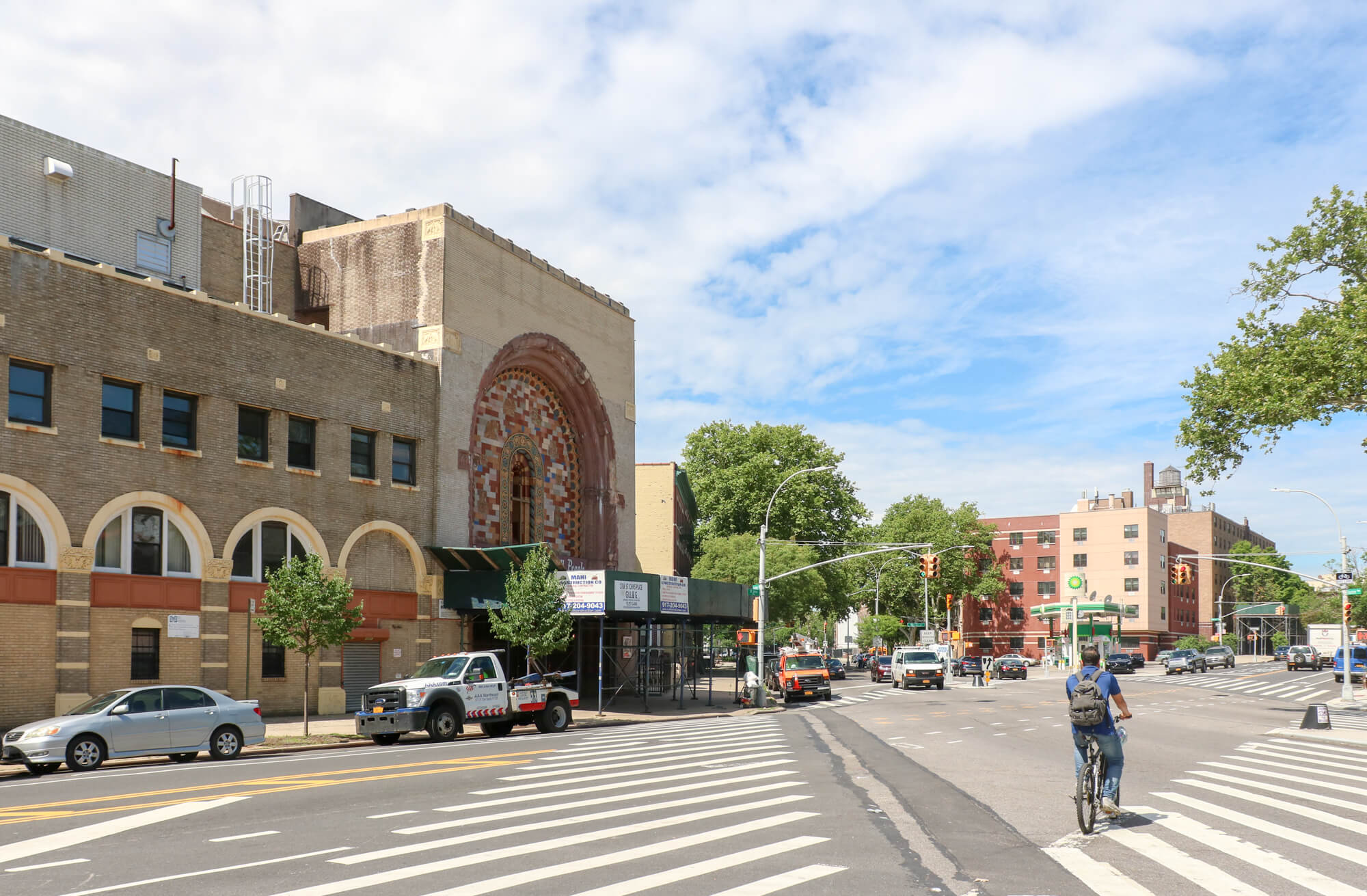
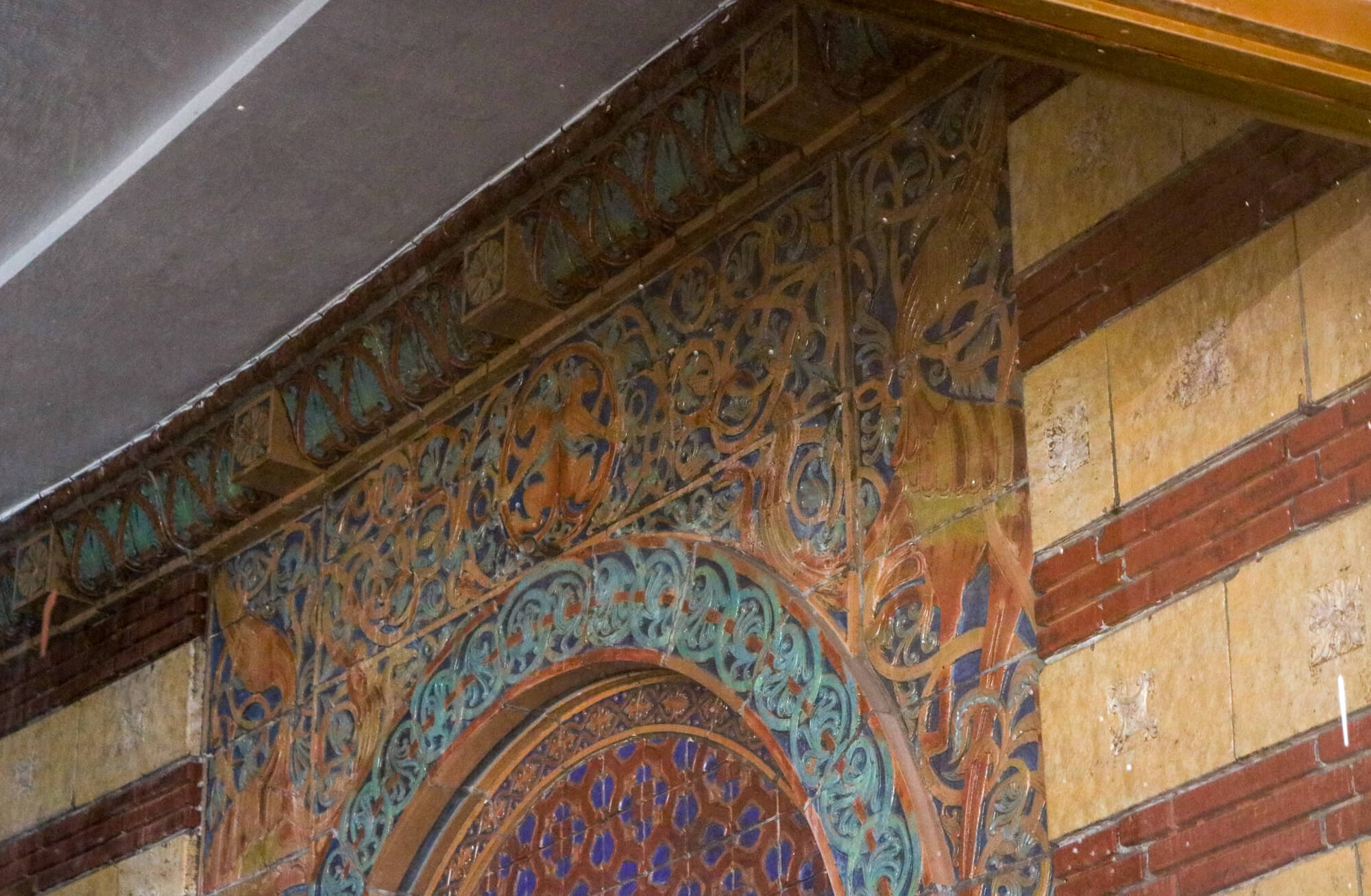
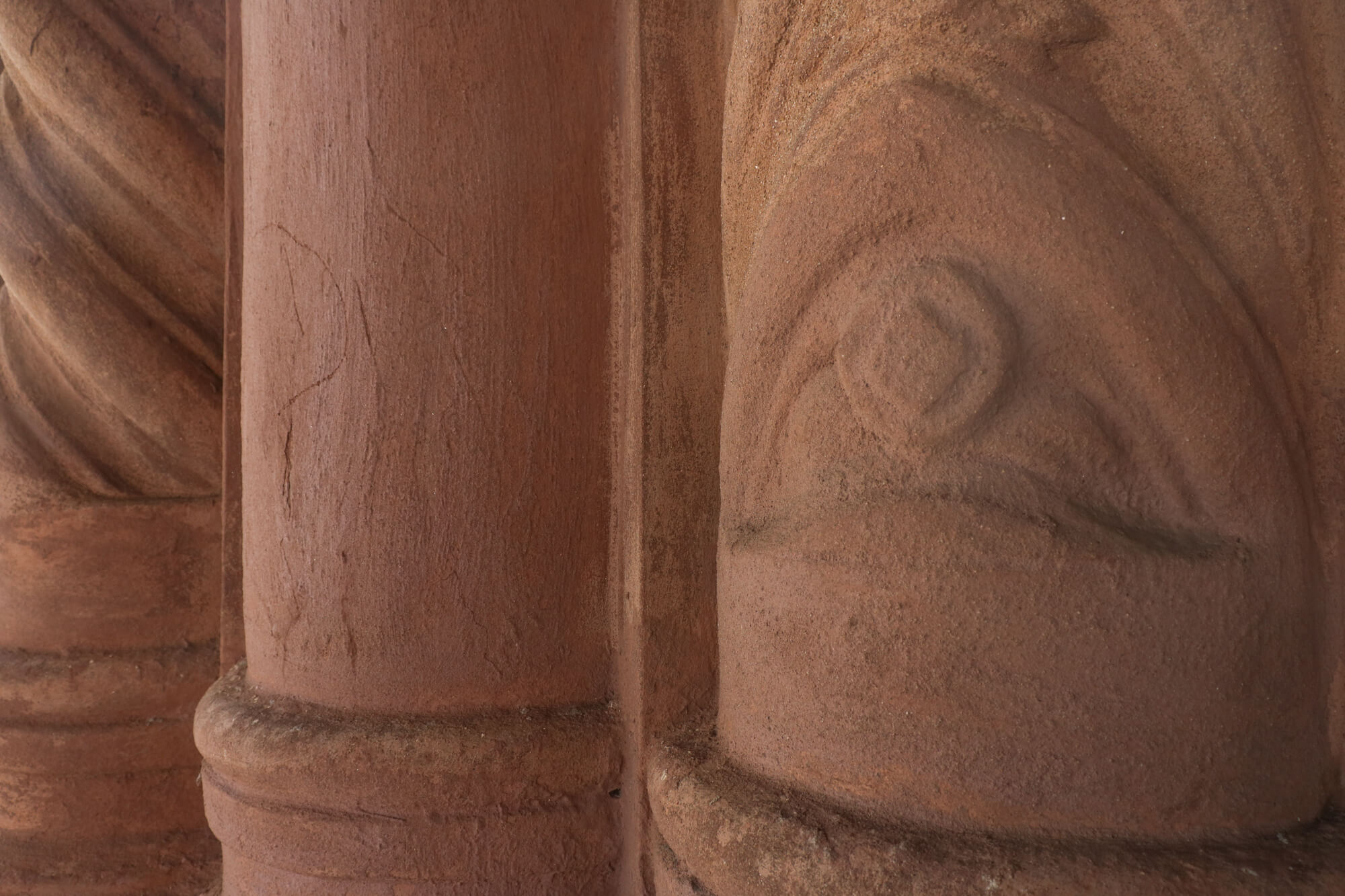
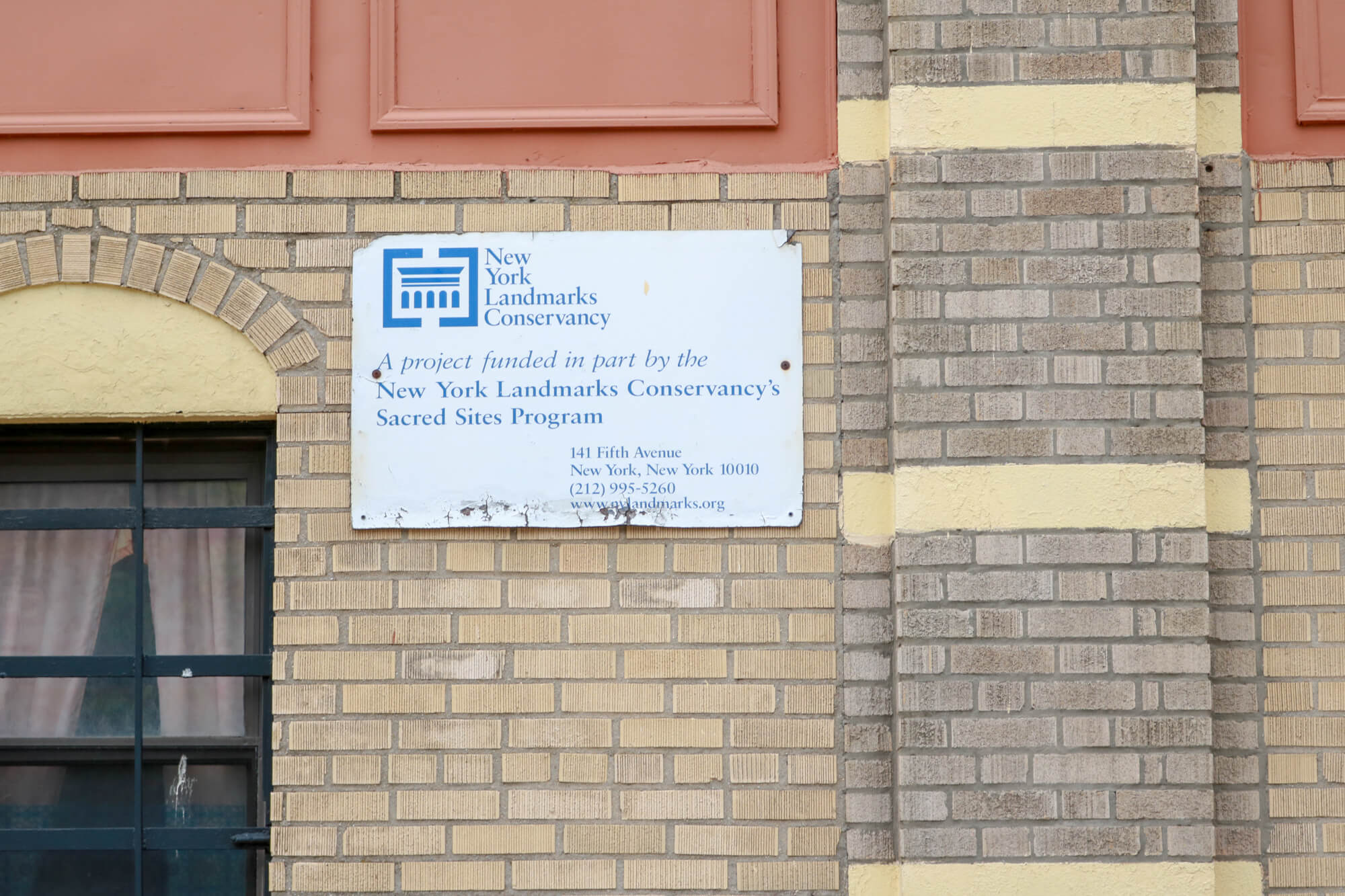
[Photos by Susan De Vries unless noted otherwise]
Related Stories
- The Glamorous, Magical Fantasy World of Loew’s Pitkin Avenue Theater
- Building of the Day: 530 Eastern Parkway
- The Former Pavilion Theater Is Getting Ready for Its Nitehawk Debut (Photos)
Email tips@brownstoner.com with further comments, questions or tips. Follow Brownstoner on Twitter and Instagram, and like us on Facebook.

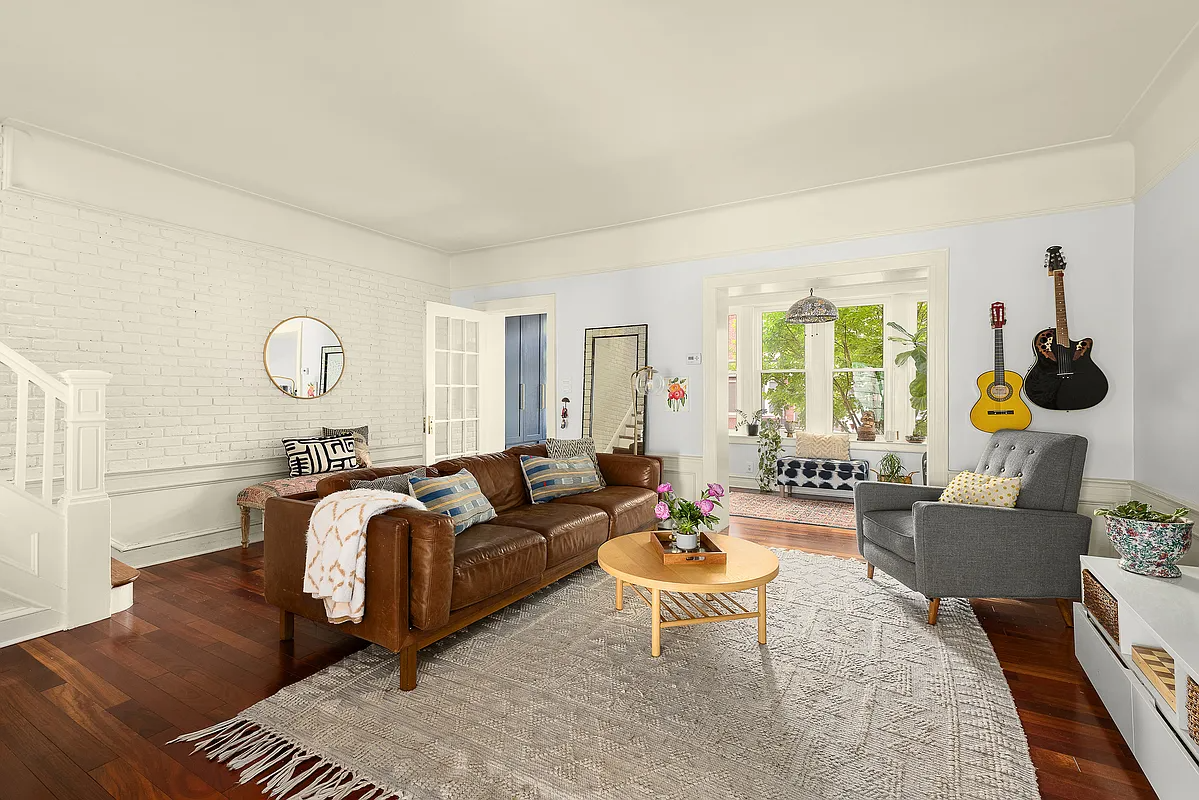
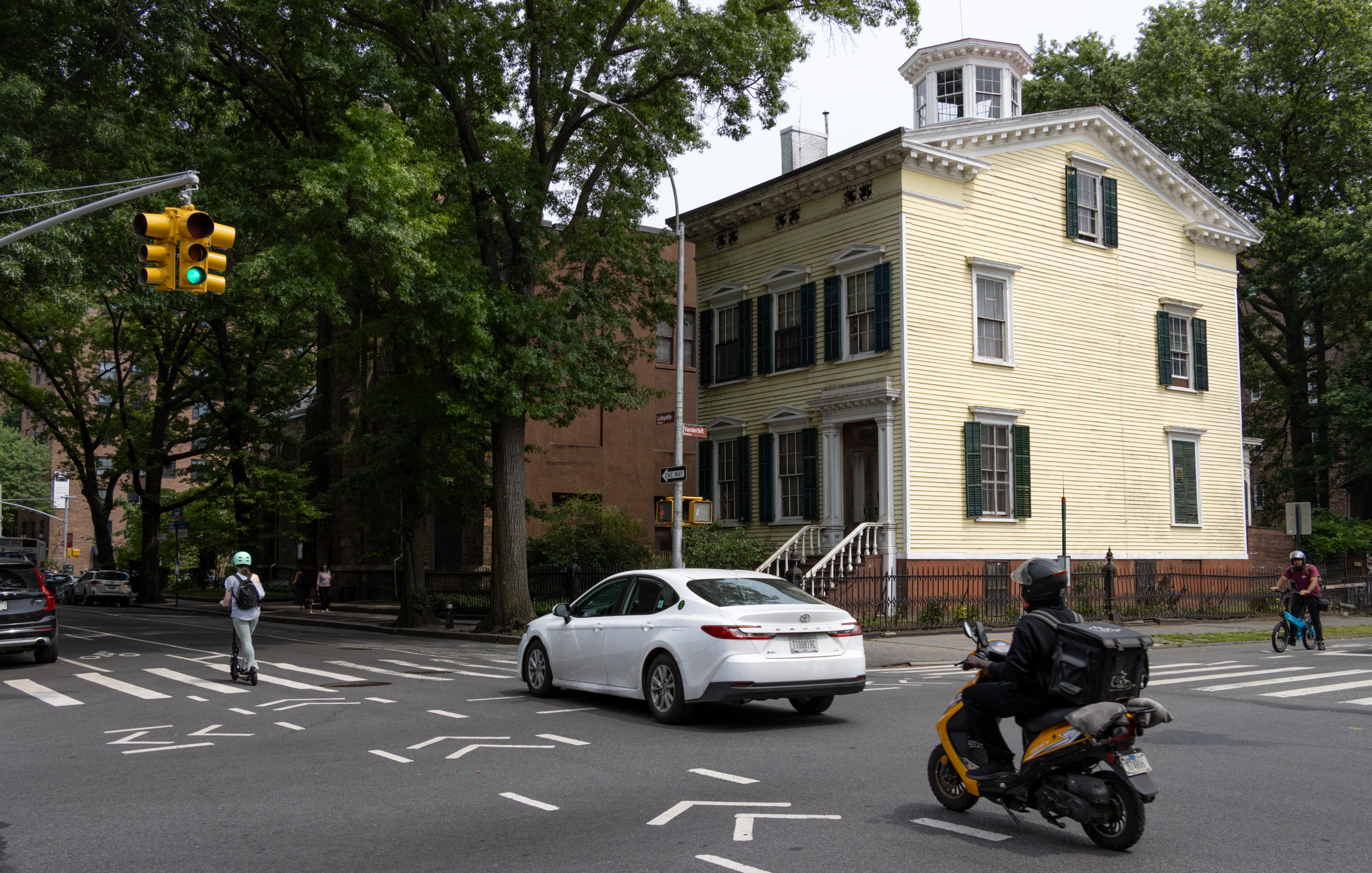
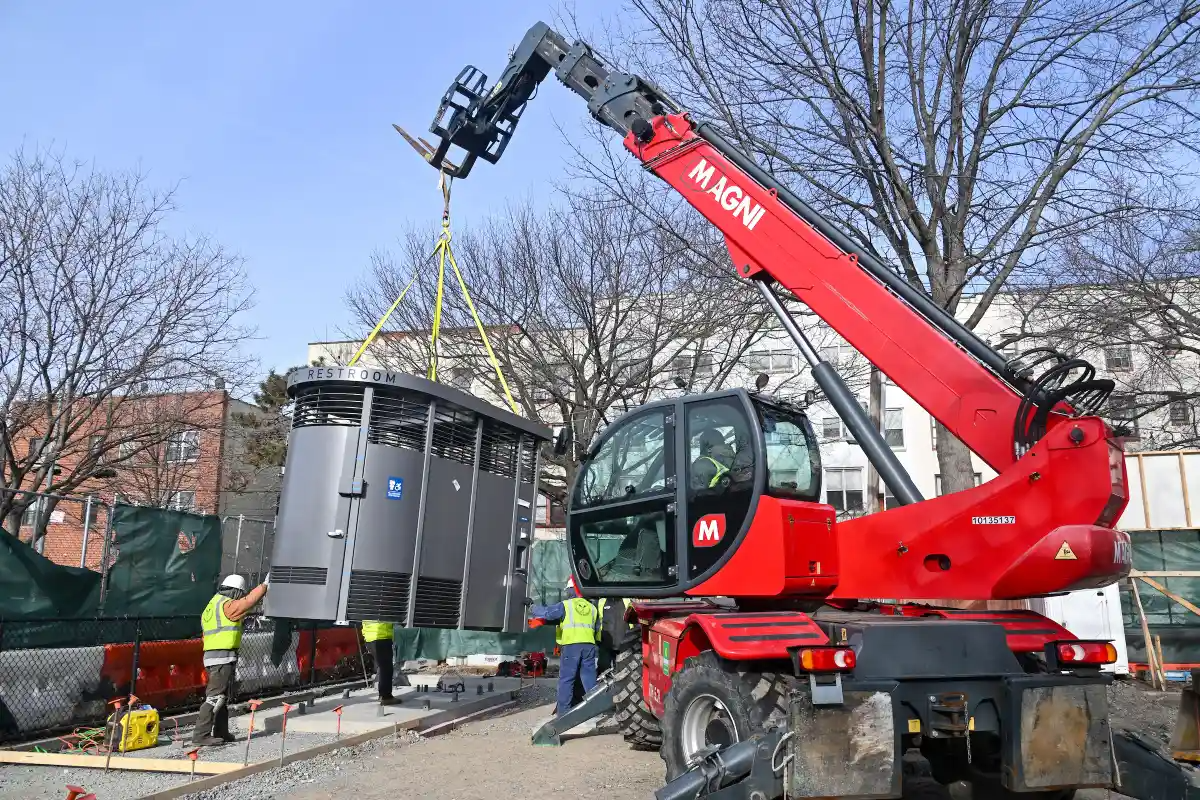

What's Your Take? Leave a Comment